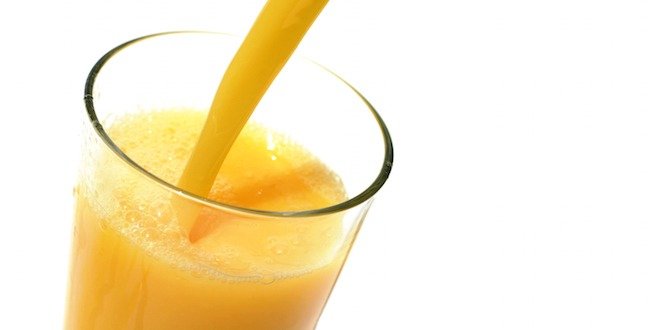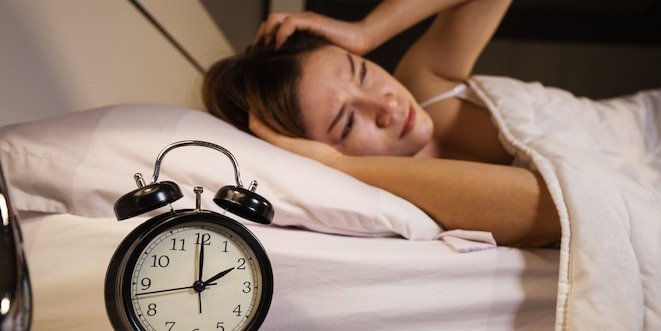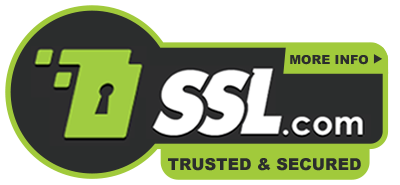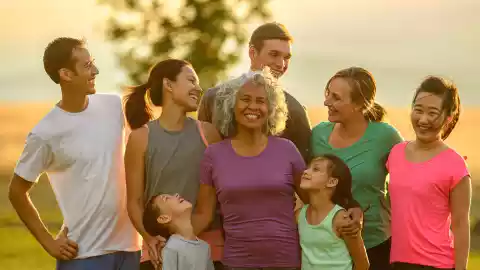
What is hypoglycemia?
Hypoglycemia, also known as low blood sugar, is a condition where blood sugar levels are abnormally low. According to the Diabetes Canada clinical practice guidelines, hypoglycemia is officially defined as blood sugar levels less than 4.0 mmol/L. Severe hypoglycemia happens when blood sugar levels drop to 2.8 mmol/L or lower.
What causes hypoglycemia?
- Some diabetes medications, such as insulin or sulfonylureas
- Exercising more than usual
- Not eating at the usual time (eating a meal later than you usually do)
- Skipping a meal
- Drinking alcohol
What are the signs and symptoms of hypoglycemia?
Everyone reacts differently to low blood sugar. That’s why it’s important for you to know your own signs and symptoms, so that you can recognize a low and treat it quickly. The common signs and symptoms of hypoglycemia can include any of the following:
- Feeling shaky: this may include shaking or tremors in the hands, trembling
- Feeling light-headed or dizzy: this may include feeling unsteady or off balance or feeling slightly faint
- Sweating: also known as perspiration, the body secretes fluid through the skin from the sweat glands
- Feeling hungry: a feeling of discomfort caused by a lack of food
- Headache: a continuous pain in the head
- Rapid heartbeat: this may be noticed by having a fast pulse
- Feeling irritable or anxious: you may become bad-tempered, fearful or uneasy
- Pale skin: the skin may appear lighter in colour
- Clumsiness or jerky movements: you may become awkward with movement
- Numbness or tingling in your mouth and tongue: this could range from no feeling to a slight pricking or stinging sensation
- Tingling in your hands: usually a slight pricking feeling

How is hypoglycemia treated?
If you have checked your blood sugar, and confirmed that you have hypoglycemia, it can be treated with any of the following sources of carbohydrate:
- 15 grams of glucose in the form of glucose tablets (this is the preferred method)
- 15 mL (3 teaspoons) of sugar dissolved in water
- 5 cubes of sugar
- 150 mL (2/3 cup) of fruit juice or regular soft drink
- 6 Life Saversä
- 15 mL (1 tablespoon) of honey
Fifteen minutes after consuming the carbohydrate, check your blood sugar again. If it is still low (below 4.0 mmol/L), then consume another 15 grams of carbohydrate.

How is severe hypoglycemia treated?
Severe hypoglycemia (blood glucose levels 2.8 mmol/L or lower) can result in seizures and loss of consciousness. The treatment for severe hypoglycemia is an injection of glucagon.
If you are prone to frequent episodes of hypoglycemia, or have had severe hypoglycemia previously, it’s important that you have a glucagon kit handy at all times. It’s also very important that a family member, friend or caregiver knows how to inject the glucagon, as you won’t be able to do it yourself.
What about medical identification?
It’s a good idea for people with diabetes – and especially those who are at risk for hypoglycemia – to have medical identification with them at all times. Medical IDs are usually worn as a bracelet or necklace, and are etched with key information about your condition.


